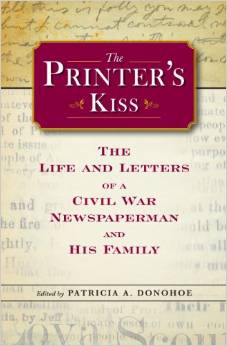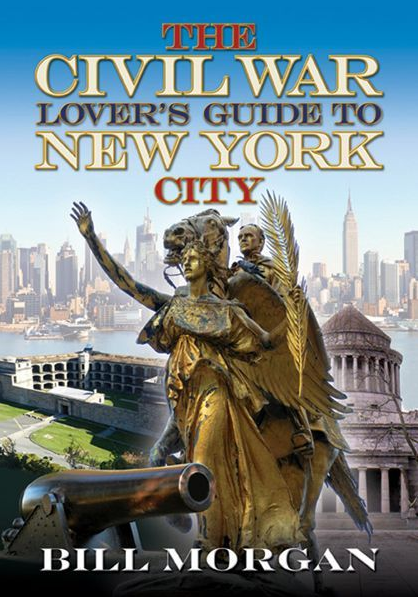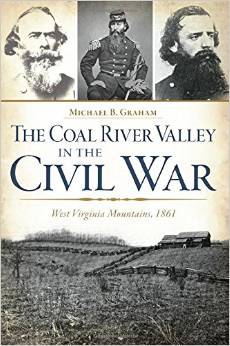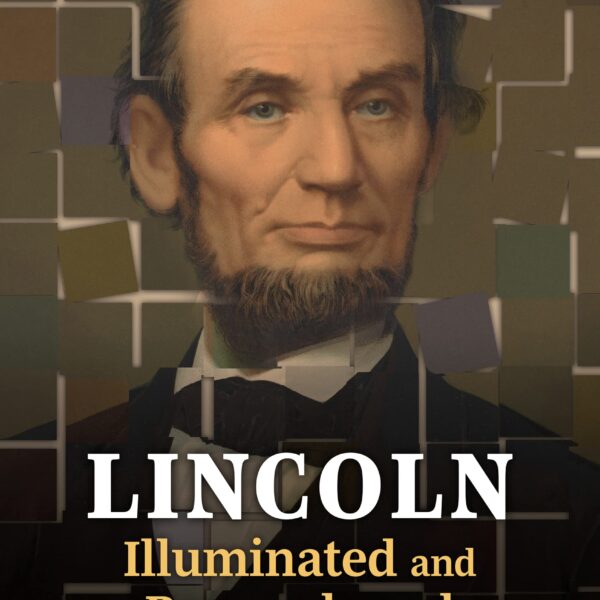The Printer’s Kiss: The Life and Letters of a Civil War Newspaperman and His Family edited by Patricia A. Donohoe. Kent State University Press, 2014. Cloth, IBSN: 978-1606352168. $39.95.
 This oddly titled book (a “printer’s kiss” refers to the first suitable page that comes off a press) is appropriately enough an odd book. Will Tomlinson spent most of his career as a printer and publisher of no less than ten different newspapers (and he worked for five more). Will was a minor, complex, but at times intriguing character, and so was his wife Eliza. Their letters collected in this volume are sometimes illuminating, but family descendant Patricia A. Donohue faced a challenging task to edit them and tell the Tomlinsons’ story. In many ways, there is more context than text in this work, but Donohoe deserves much credit for turning this sometimes stubbornly opaque or mundane material into an interesting read.
This oddly titled book (a “printer’s kiss” refers to the first suitable page that comes off a press) is appropriately enough an odd book. Will Tomlinson spent most of his career as a printer and publisher of no less than ten different newspapers (and he worked for five more). Will was a minor, complex, but at times intriguing character, and so was his wife Eliza. Their letters collected in this volume are sometimes illuminating, but family descendant Patricia A. Donohue faced a challenging task to edit them and tell the Tomlinsons’ story. In many ways, there is more context than text in this work, but Donohoe deserves much credit for turning this sometimes stubbornly opaque or mundane material into an interesting read.
The Tomlinsons spent much of their lives in southern Ohio. Eliza grew up in Ripley in Brown County along the Ohio River. That town became the couple’s ostensible home after their marriage, but Will was more often absent than not, and their relationship was fraught with problems. He drank too much and communicated too sporadically. She obviously had to bear a great deal of the burden of keeping the family going, rightly worried about their tangled finances, and was at times estranged from her peripatetic husband. Tomlinson was a staunch Democrat who married into a Whig family, but that was only a minor problem. Occasional tension with his mother-in-law (along with the deaths of two children and frequent job changes) made a man with a preternaturally volatile personality even more difficult. His style as a newspaperman tended toward the slashing and the sarcastic, and his contributions were hardly notable. Direct evidence of his political views during the 1850s is thin, yet there was never any doubt about his loyalty to the Union.
The coming of the war placed new stress on the Tomlinsons’ marriage. Even before a shot had been fired, Will anticipated a long and ruinous war, but pessimism was always his forte. He eventually joined the Fifth Ohio Infantry, and Eliza patriotically supported his enlistment, though her letters are naturally filled with concerns about his safety—worries fueled by his unreliability as a correspondent. Tomlinson served as a quartermaster sergeant, a detail-oriented job that took a toll on him both physically and psychologically. He soon joined a band of Union scouts dubbed the “Snake Hunters” and was eventually elected captain of a company of mountain rangers. Late in 1861, Tomlinson found himself battling Confederate guerillas in the mountains of western Virginia. Frustrated by harsh winter weather, a shortage of provisions, and what he saw as kid glove treatment of traitors, Tomlinson and his men apparently murdered several secessionists at Jacksonville. After a confusing investigation, Tomlinson was dismissed from the service.
Will Tomlinson ended up in Cincinnati where he had earlier worked as a substitute compositor for a newspaper. His wartime letters contain a few valuable tidbits on life in that border city. Back in Ripley, Eliza was left to fend for herself and deal with the health woes of their son Byers and daughter Sarah. Eliza was often alarmed about reports of fighting in Kentucky, and the name of Confederate raider John Hunt Morgan crops up in the correspondence. Will wrote an occasional letter to the Ripley Bee, but these add little to the story. At one point, he considered organizing a brigade of black troops and even dashed off to nurse the wounded after the Battle of Stones River. Bouts of depression, heavy drinking, infrequent letters, and even less frequent trips home continued to strain the marriage and, at one point, Will had to hotly deny Eliza’s accusations of gambling and whoring. On November 27, in Ripley, he apparently attacked Kentuckian Richard Mitchell who then shot him. Will Tomlinson died two days later, and though the record of the incident is tantalizingly incomplete, this marked a bizarre end to a checkered life. Donohoe speculates that Will may have infiltrated the Knights of the Golden Circle, and there is no doubt about the high pitch of political conflict in the area, especially given the recent activities of notorious Copperhead Clement L. Vallandigham. At this point, the correspondence largely ends, and the editor adds some additional information about Eliza who would live into the 1880s and about the Tomlinsons’ children.
As a tale of family turmoil in the middle of the nineteenth century, this book succeeds admirably. Readers will not develop any particular affection for the Tomlinsons, but their letters (along with Donohoe’s indispensable narrative sections that explicate their story within the wider context of the Civil War) presents a quite good and often complicated history. Whether the book makes much of a contribution as a collection of primary materials on the Civil War itself is a more difficult question. The appearance of diverse and new voices in the edited works on the period that continue to pour forth still fascinate veteran students of the conflict. Yet much of the Tomlinson correspondence has relatively little to do with the war, and with some notable exceptions (Will discussing his expectations for the war, or Eliza expounding on her view of patriotism), the material may disappoint some researchers. Eliza’s letters are often more interesting than Will’s and do offer insight into the problems and worries of a woman living in southern Ohio during the first half of the Civil War.
George C. Rable is Charles Summersell Chair in Southern History at the University of Alabama. He is the author of numerous books, including Civil Wars: Women and the Crisis of Southern Nationalism (1989).




